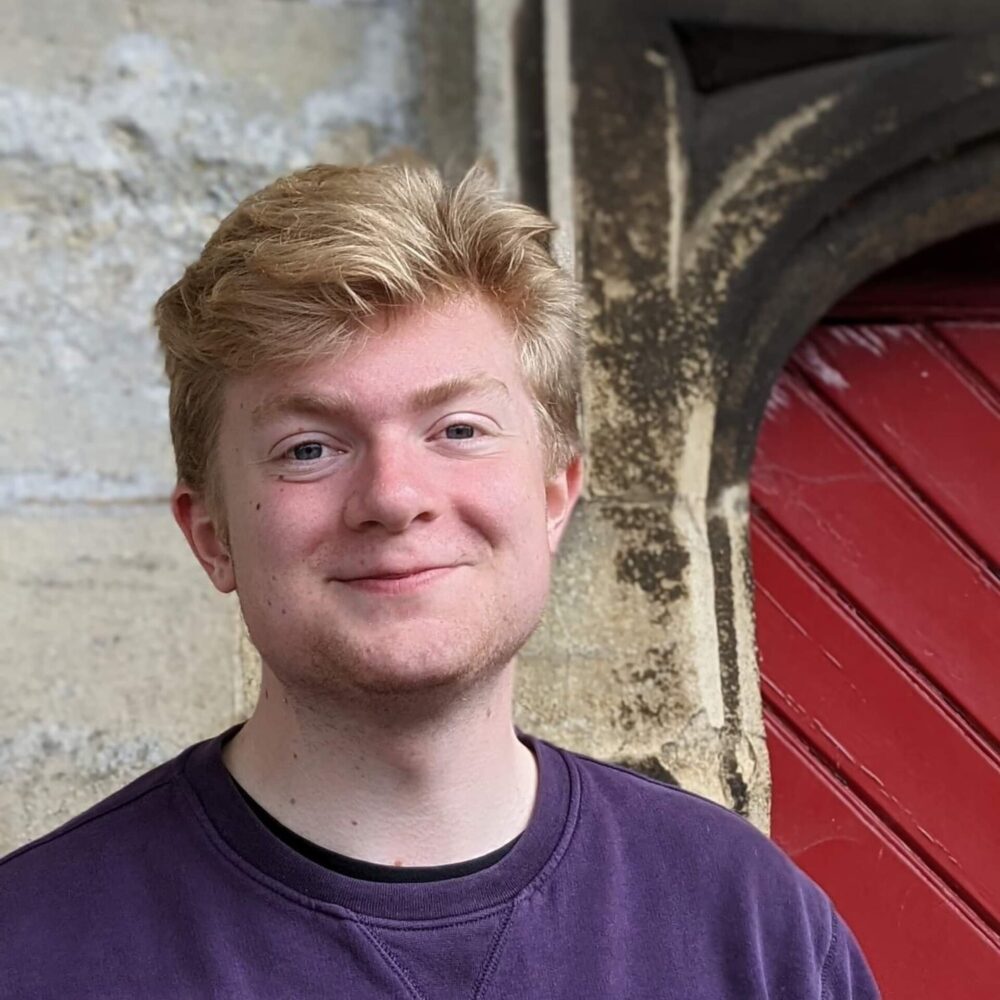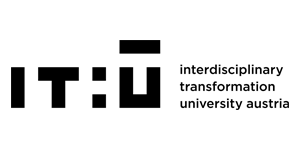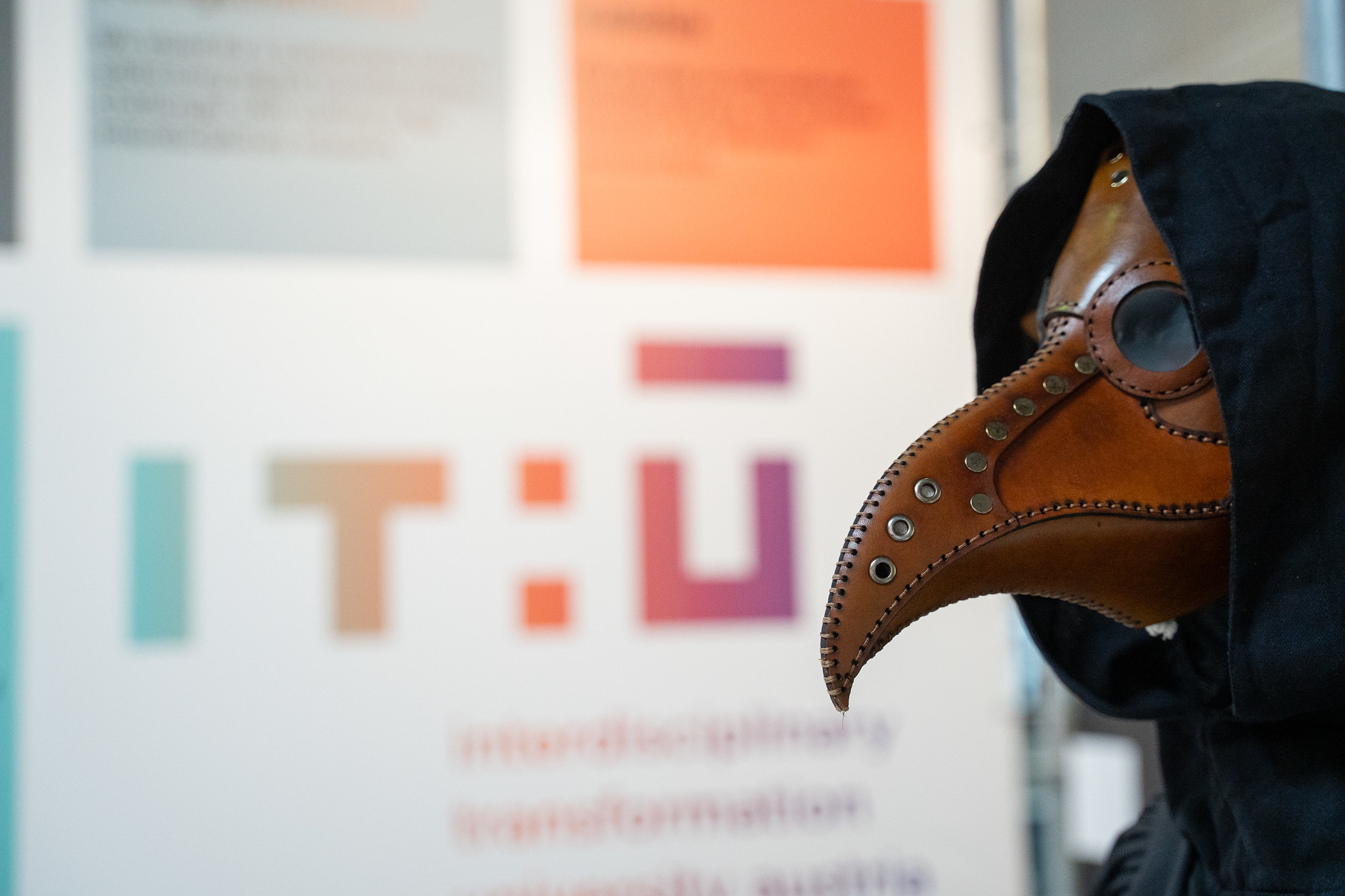If medieval people had had artificial intelligence, would it have made any difference? In fact, AI systems produce very similar nonsense from large databases as pre-scientific Western European physicians! Neither of them has much conception of critical thinking, but rather pulls from ancient texts to throw out cure suggestions from an abstract corpus of ideas. Receive a unique medical proverb and remedy from an AI physician that fits medieval medicine much better than modern healthcare.
GPT 1400: The AI Apothecary is a speculative historical experience pulling Artificial Intelligence from the realm of possible futures back to that of possible histories. Highlighting the uncritical production of knowledge within both Large Language Models and Medieval Physicians’ practices, visitors experience artificial intelligence as a backward, credulous and nonsensical technology.
Selecting a medieval symptom or condition at the interface tablets sends a prompt to a local AI system which, consulting the same textual material as a medieval doctor would have had access to, provides a unique response and prescription. This is displayed along with an ‘aphorism’ (or wise medical proverb) on a large screen surrounded by a recreated physician’s study. The study contains hybrid AI/medieval plant illustrations and sculptures, as well as a mannequin dressed as a plague doctor. Visitors leave with a printed prescription for a speculative historical remedy for medieval illnesses.
Bio
-
 Photo: Thang Tu
Photo: Thang TuNathan Cornish
Nathan Cornish is a PhD Student in Environmental History and Digital Humanities at Southampton University. He studies the intersections between data and nature through the information technologies that encode human-nature relationships (both traditional and digital). A student at ITU Linz in 2023/24, his work facilitates interactions between pre-scientific western medical and botanical texts and modern Artificial Intelligence systems.
Credits
This work was initiated as part of the FOUNDING LAB program at IT:U and Ars Electronica in Linz, Austria (2023-2024). The FOUNDING LAB is realized as a Public Partnership between Ars Electronica GmbH and Co KG and the Institute of Digital Sciences (IT:U), Austria and financed through funds from the Austrian Federal Ministry of Education, Science and Research.



